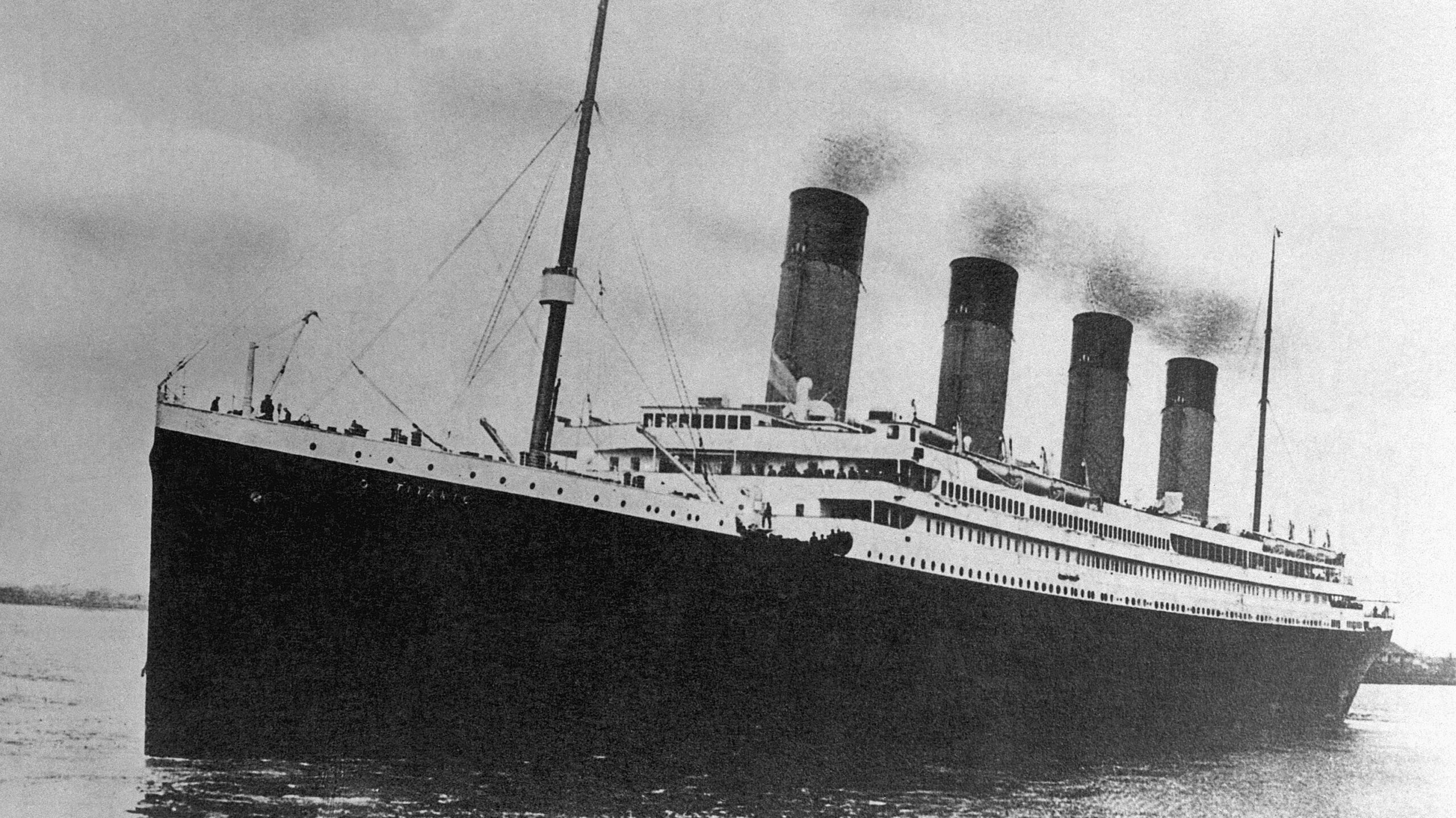
Tempting Fate?
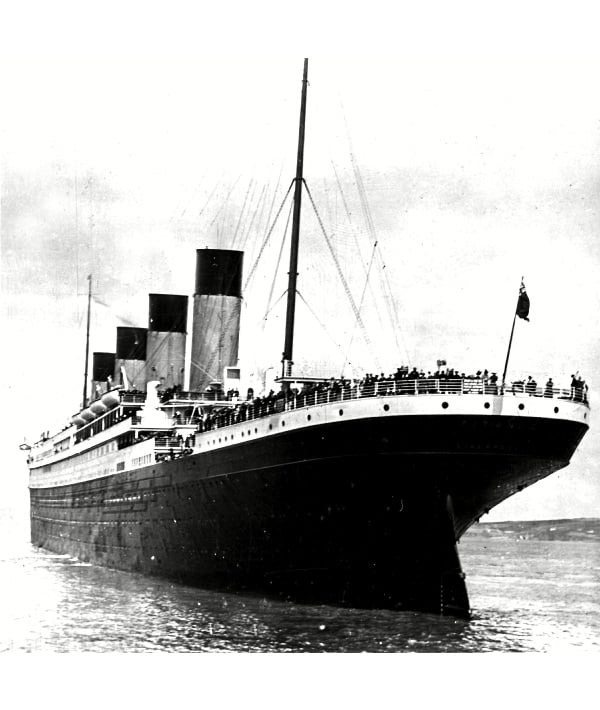
You may not be superstitious, but it's easy to wonder if the people involved with the construction and promotion of the Titanic, which sank during its maiden voyage from England to New York on April 15, 1912, weren't tempting fate. For one thing, they advertised the largest built ship to date as "unsinkable," while minimizing how many lifeboats the ship carried so it didn't seem cluttered onboard. The irony of it still amazes us, but there are so many more reasons we can't let go of the shipwreck of the (last) century.
The Love Story
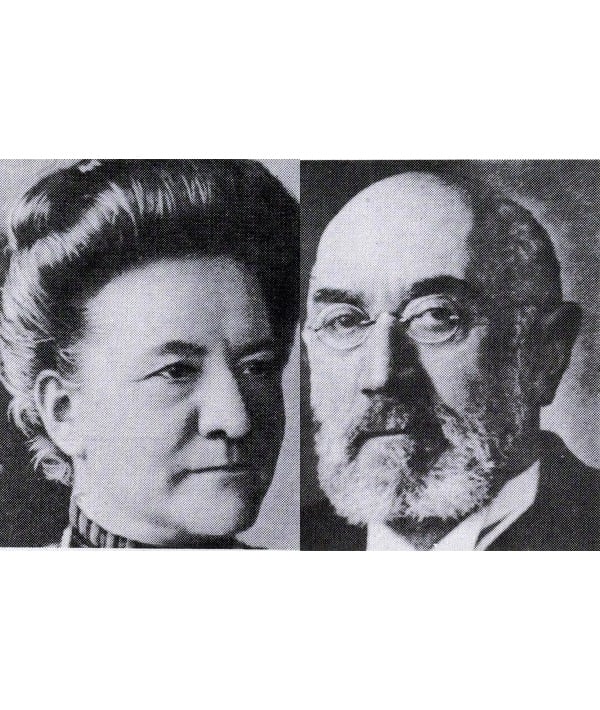
Remember the old couple spooning for the last time as they waited for the ship to sink at the end of the 1997 film "Titanic"? They were based on the real-life lovebirds Ida and Isidor Straus. Even though the wealthy Macy's co-owner was offered a seat on a lifeboat with his wife, Isidor declined in order to make room for more women and children. Ida refused to leave the ship without her sweetie, and the rest is tear-jerking history.
The Largest Passenger Ship ... at the Time

Before its history-altering crash in 1912, the Titanic was the largest passenger ship in the world. Although there are now several cruise ships that are more than quadruple the size of the Titanic (Royal Caribbean just unleashed Symphony of the Seas, a cruise ship with a gross tonnage of 228,000 compared with the Titanic's 46,000 gross tons), this was an impressive feat at the turn of the last century.
Sinking Time
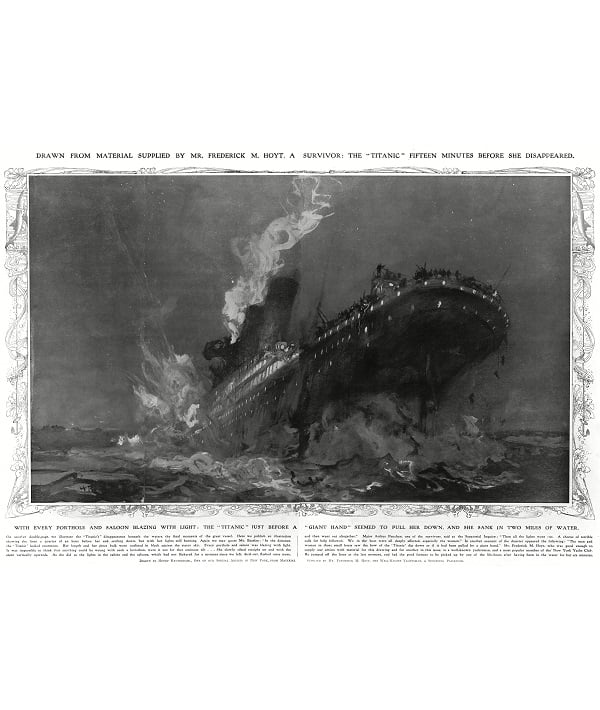
For a ship that was promoted as unsinkable, the RMS Titanic went down in what seemed like no time. It only took under three hours for the boat to sink. There are different theories on why, such as cost-cutting construction that left the ship vulnerable or unseasonably warm weather that caused rough waters. Safety regulations and procedures at sea improved almost immediately after the worst maritime disaster in history.
Passengers vs. Lifeboats
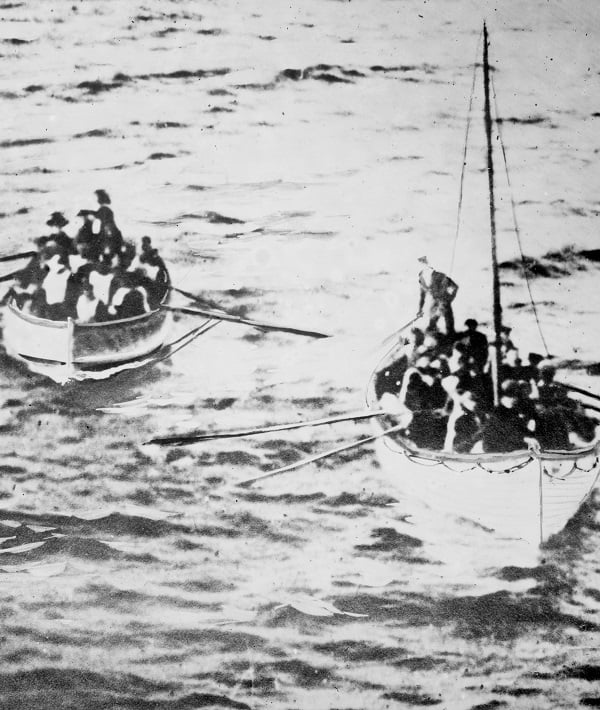
More than 3,300 people were onboard the Titanic, but the ship was only stocked with 20 lifeboats, holding between 40-65 people each. If each boat had been filled to capacity, it would've only accommodated about a third of the passengers and crew. Two of the boats, both made of canvas, weren't able to be used. A shocking 472 seats were left empty on the lifeboats that were rescued (the first boat lowered into water had only 12 people on it). Also, most of the roughly 700 passengers who survived were from first class.
By the Numbers
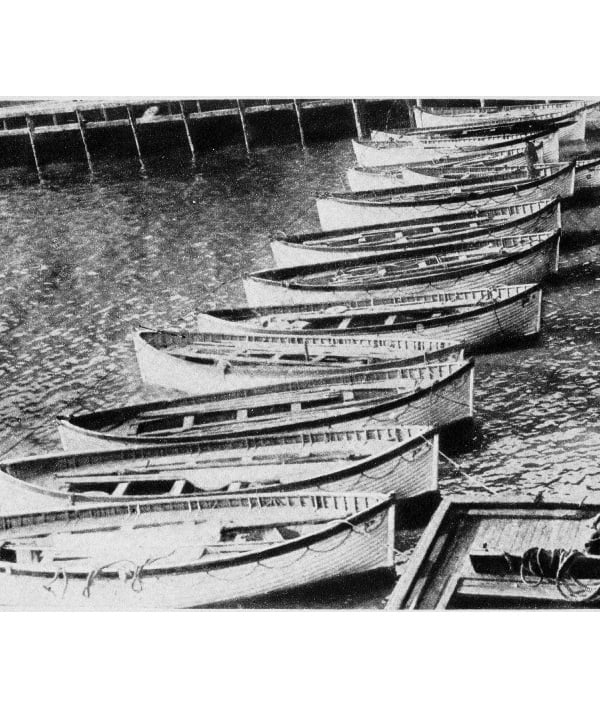
The Titanic was 400 miles from land, 58 miles from the closest ship to receive its distress signal, and it had 44 fewer lifeboats than it was able to carry. Not only that, but only about 21 percent of the people to board the big ship made it home.
The Band
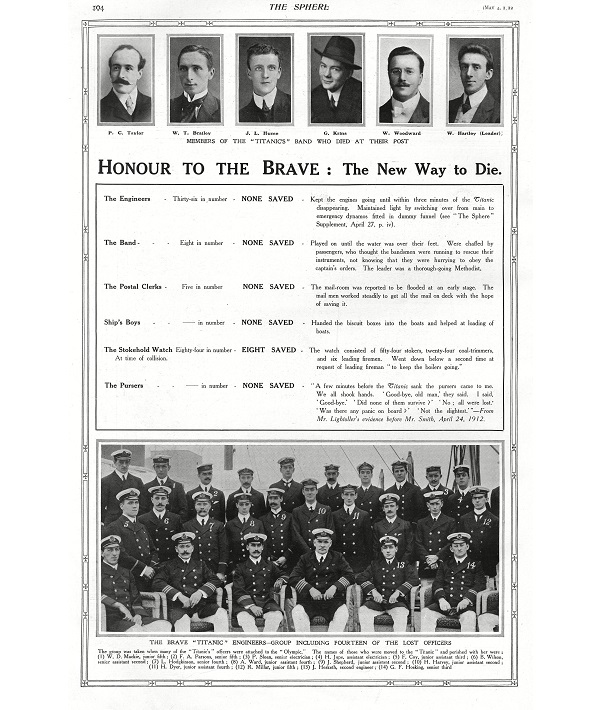
While chaos ensued and as the ship went down, the famous eight-member orchestra continued to play their instruments in an effort to keep others calm. The violin that Wallace Hartley played that night is the most expensive piece of Titanic memorabilia, and it sold for $1.7 million at an auction in 2013.
Media Coverage
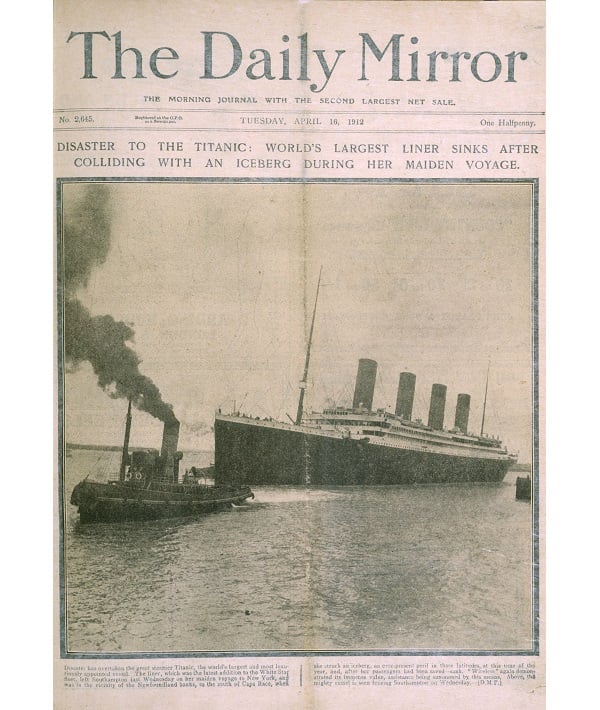
The first accounts of the worst shipwreck to date came by wireless operator on the rescue ship Carpathia. There was confusion about how many people had survived and who they were. There were full-page articles printed in newspapers worldwide with wrong figures and names of survivors. There has never been a completely accurate account of everyone who boarded, died and survived the only voyage of the Titanic.
First-Class Privileges
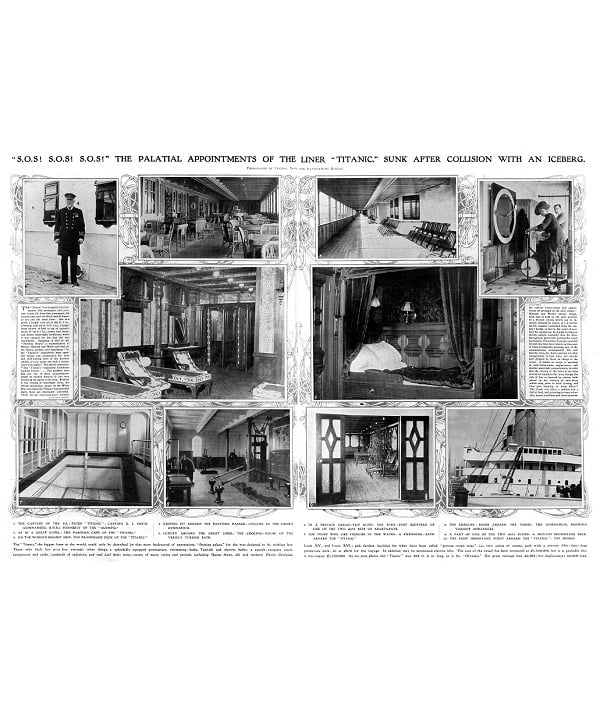
Besides having premium priority in emergencies (most people who got access to lifeboats were wealthy), first-class passengers could enjoy expansive private balconies, elaborately decorated suites and restaurants that served 10-course meals. In the end, even with the heavenly amenities, the trip wasn't worth the high price tag. The most expensive ticket was $2,560, which would be more than $61,000 today.
Rich Man Onboard
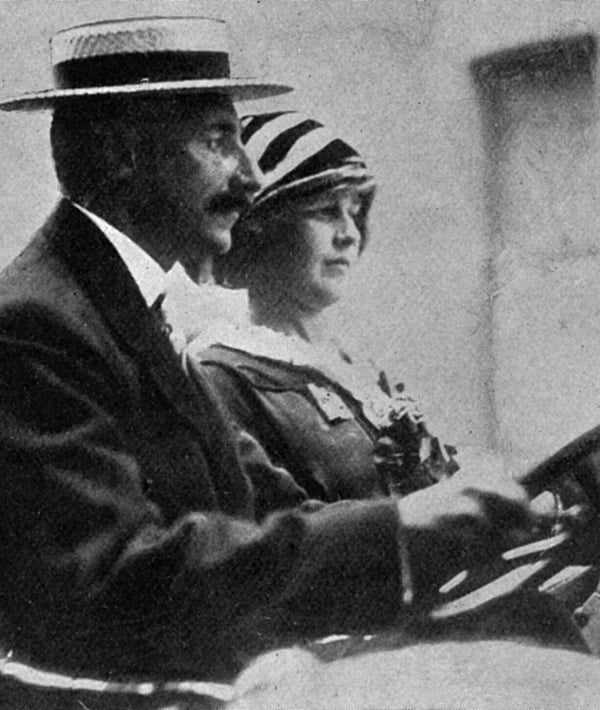
John Jacob Astor IV wasn't just the richest man aboard the Titanic, he went down with the vessel as the richest man in the world. He was returning to America from a European honeymoon with his pregnant bride, Madeleine Astor, when the ship struck an iceberg on April 15, 1912. He left his widow and children an estate totaling $90 million. That would be more than $2 billion today.
The Rescue
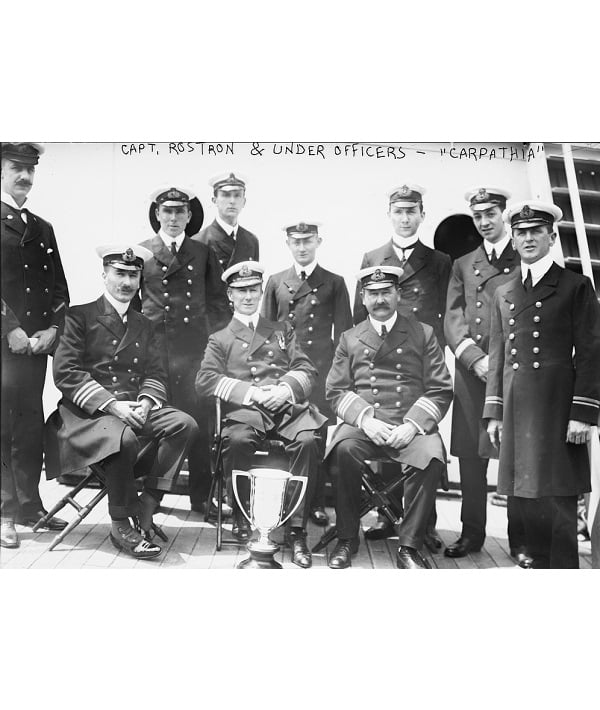
Arthur Henry Rostron was the captain of the RMS Carpathia, the ocean liner that rescued the survivors of the Titanic. When the wireless operator of his boat woke him in the middle of the night to inform him that the Titanic had struck ice and needed immediate assistance, he went into action. While traveling as fast as the boat could go, Rostron prepared his ship to receive thousands of possible survivors, though he would only see a fraction of them.
Community
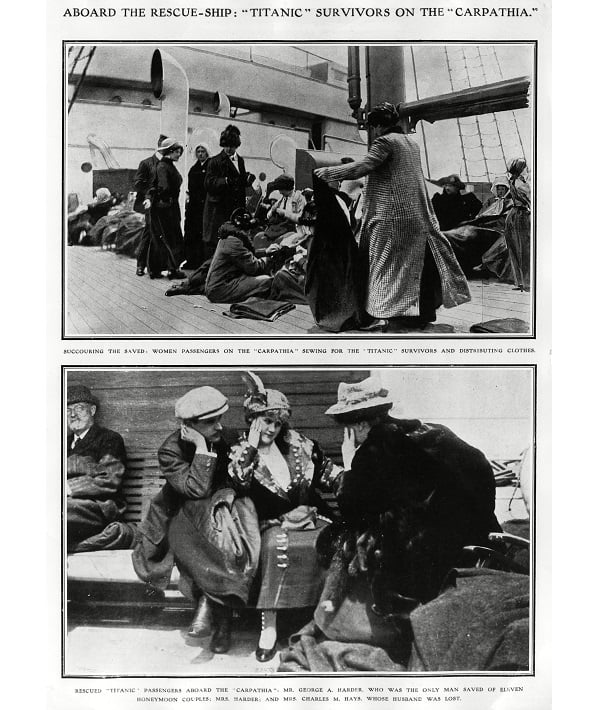
The passengers and crew on the ship that saved Titanic survivors helped people by donating warm clothes, giving them food and drinks and even giving up their rooms for the remainder of the journey to New York. While some who had occupied the lifeboats hesitated to try to find more survivors for fear of being capsized, the tune changed when those onboard Carpathia showed how far community and selflessness could go, triggering the Titanic survivors to collect money for the crew to show their gratitude.
Inspiration
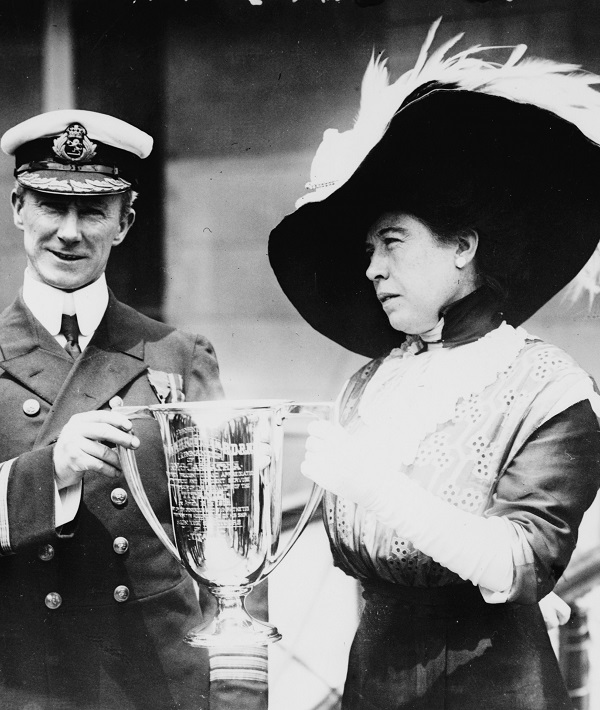
Margaret "Molly" Brown was a Titanic survivor, but instead of taking time to recover from her own trauma, she boarded Carpathia and began collecting money from rich passengers to give to poorer survivors. Her philanthropy didn't stop there, as she went on to be an advocate for workers' rights and causes for women and children. Her bold approach, resiliency and charitable spirit have given generations of women inspiration to keep going, even after the ship sinks.
The Youngest Survivor
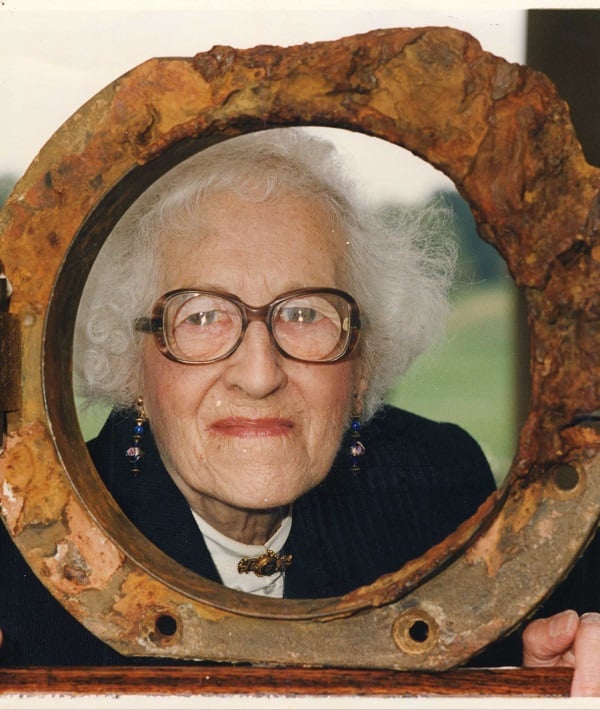
When the Titanic went down, London-born Millvina Dean was only 9 weeks old, making her its youngest survivor. Her mother and brother were among the saved, but her father submerged with the shipwreck, Dean never having a chance to get to know him. She became the famous baby that survived the Titanic, and people waited in lines for a chance to hold her. She died in 2009 as the last and youngest survivor.




